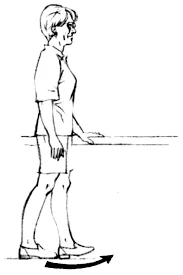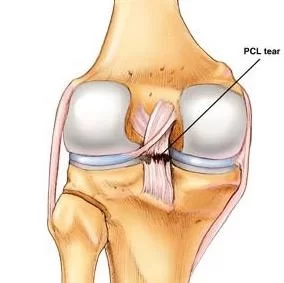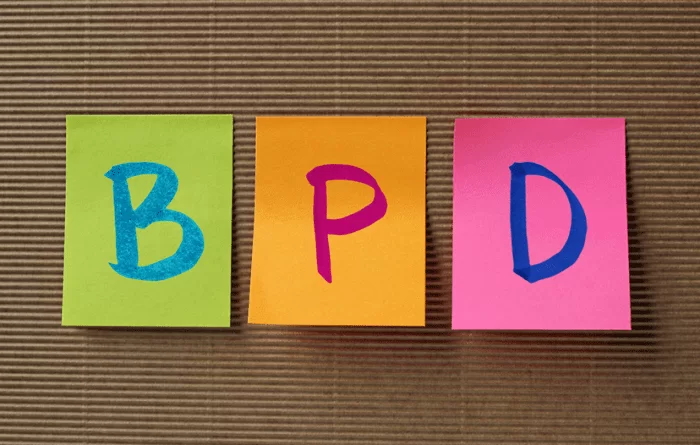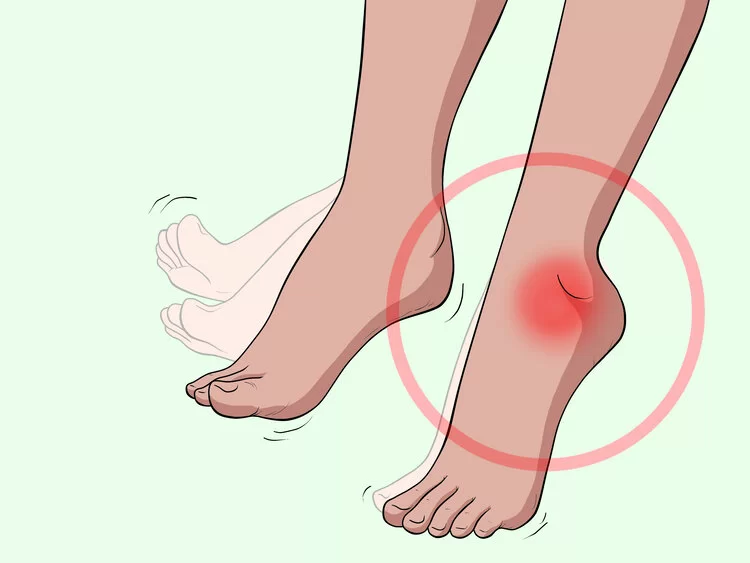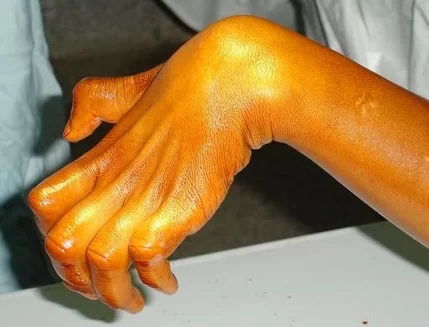Tandem Gait
Table of Contents
Introduction
- Tandem gait is a type of walking in which extremely short steps are taken in a straight line with the forward-moving foot’s heel resting directly in front of or barely brushing the toes of the supporting foot. Because patients with these conditions have an unstable stride, walking in tandem accentuates the unsteadiness, neurologists will occasionally ask patients to walk in a straight line as a test to assist detect ataxia, particularly truncal ataxia. The findings, however, are not conclusive since a variety of conditions or issues, including issues with vision, motor neurons, the associative brain, or lower limb weakness resulting from non-neurological reasons, might produce unstable gait. Ataxia is therefore not shown by the inability to walk properly in tandem gait.
- One distinguishing characteristic of posterior vertical split syndrome is severely impaired tandem gait without any other discernible Abnormalities.During the “walk and turn” portion of a field sobriety test, suspects could additionally be required to walk with a tandem gait.
Definition
- Walking in a straight path with the front foot positioned such that the toe of the standing foot is touched by the heel of the front foot.
- Tandem gait is another name for heel-to-toe.
Purpose
Aggravates all gait issues, especially those with vestibular roots
- Used to differentiate between different cerebellar disease subtypes.
- Used to detect drunkenness by law enforcement.
Technique
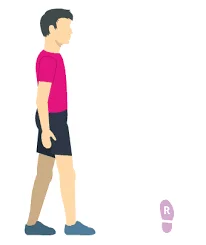
- Ask the patient to walk straight, heels-to-toes, in front of the opposite foot while keeping their arms at their sides.
- Stay near the patient so you can catch them if they fall.
- Keep an eye on the base’s breadth, the pelvis’s shift, and the knee’s flexion.
- Results,
A normal gait has a constant, smooth, rhythm.
Ataxia
- A muscular control issue that results in an inability to coordinate movements is known as cerebellar ataxia. It causes the midsection of the body (the trunk) to move jerkily and unsteadily, as well as an unsteady stride.
- Patients may extend the base of their support by stretching their legs apart, wobble when walking (in extreme instances), or collapse to one or both sides while performing heel-toe walking.
- Vermis lesions (cerebellum midline lesions) are the causes.
- When a lesion is unilateral, the affected side sways or falls.
- Bilateral: required to move or push to either side
- loss of a sense of position
- Intoxication
Signs / Significance of the tandem gait
- The usefulness of the 10-step tandem gait test for diagnosis in Tandem gait is regarded as an effective indicator of dysfunction in Neurological diseases.
- Tandem gait testing has been used to assess lower limb impairment in individuals with cerebellar illness, parkinsonism, vestibulopathy, And other diseases since the early nineteenth century.
- The failure to complete this test smoothly in the presence of intact motor and sensory modalities is symptomatic of ipsilateral cerebellar Pathology.
Neurological testing
- The neurological examination includes tandem gait testing as a crucial component.
- It is instructive in a wide range of illnesses, including vestibular and peripheral neuropathies, parkinsonism, and other Neurodegenerative syndromes, as well as cerebellar disease.
- We go into the origins and evolution of tandem gait testing as well as its methodology, effectiveness, and restrictions in diagnosing Neurological diseases.
- Tandem gait has become a useful technique for diagnosing cerebellar disorders, Huntington’s disease, Parkinson’s disease, atypical Parkinsonism, peripheral neuropathies, and vestibulopathy.
- Experimental observation and clinical experience dating back to the early nineteenth century can be used to determine its genesis.
- Tandem gait testing has a long history and is often performed, but there is no standardized, guidelines-based approach to serve as a Model for more uniform research and clinical procedures.
- Such a plan should be created utilizing both the consensus of the medical research community and historical documents and Manuscripts.
- Further research might characterize the sensitivity of aberrant tandem gait tests in cerebellar diseases, more widespread Neurodegeneration, and peripheral pathologies using established methodologies.
- Tandem gait can be an effective indicator of dysfunction in neurologic diseases whose illnesses affect linked neural system networks Across the body in addition to the vermis or vestibulocerebellar module.
- Test of “heel to shine”
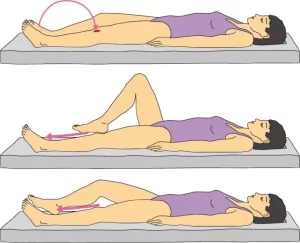
- How to perform,
- In the supine position, instruct the patient to rest their left heel just below the knee on their right shin. Ask them to carefully and gently Run their heel up the top of the foot, along the length of the shin. Repeat this numerous times with the patient, and then carry out the same test on the opposite side.
Uses
- Because patients with these conditions have an unstable stride, walking in tandem accentuates the unsteadiness, neurologists will Occasionally ask patients to walk in a straight line as a test to assist detect ataxia, particularly truncal ataxia.
Anomalies of the tandem gait
- Either Parkinsonism or Parkinson’s disease.
- A number of sclerosis.
- Stroke.
- Arthritis.
- brain damage.
- Hemiplegia.
- A herniated disc
- spinal stenosis.
FAQ
the uncoordinated movement brought on by a difficulty with muscular control that makes it difficult to coordinate motions. It causes the midsection of the body (the trunk) to move jerkily and unsteadily, as well as an unsteady stride.
Tandem gait is a style of walking in which extremely short steps are taken in a straight line with the forward-moving foot’s heel resting directly in front of or barely brushing the toes of the supporting foot.
The Romberg test and tandem gait are important to balance assessments. The patient is told to walk with one foot immediately in front of the other, heel to toe, in order to assess tandem gait. Patients who are healthy can walk without swaying.
Tandem (Heel-to-Toe) Gait
The Tandem gait (Heel-to-Toe test) is used to assess the patient’s balance. Each time you take a stride, the toes of your rear foot will come into contact with the heel of your front foot. The patient is instructed to use a tandem gait while walking straight ahead
Positive Test. noticing any unsteadiness, trouble walking in a straight path, or trouble standing on two feet whether walking or standing in tandem. Note that standing will be more difficult. Interpretation. The inability to do the above indicates a possible cerebellar syndrome or lesion.
The patients’ trunk tilt, center of mass displacement, medial-lateral foot distance, and frequency of stepping errors were all decreased by practicing tandem gait. Beyond the benefits of practice alone, the usage of tactile biofeedback in both groups consistently enhanced postural stability during tandem gait.
Although gains across tests revealed a moderate practice effect, the overall reliability was within the range allowed for clinical practice. Tandem gait is an effective, dynamic postural-control test that takes up little room, money, and time.

